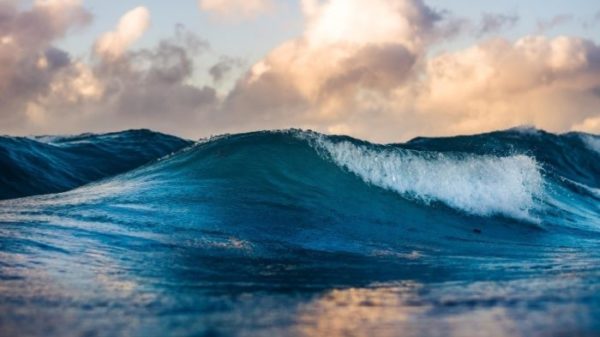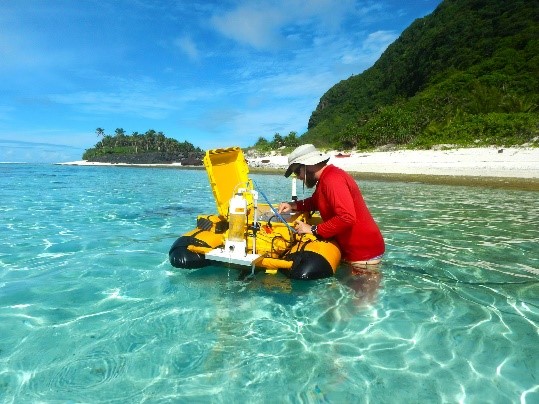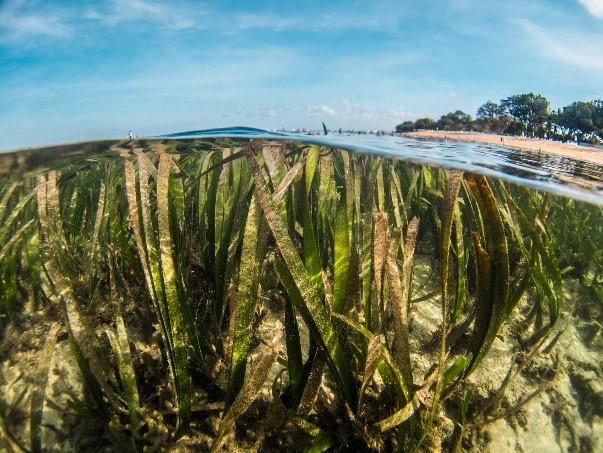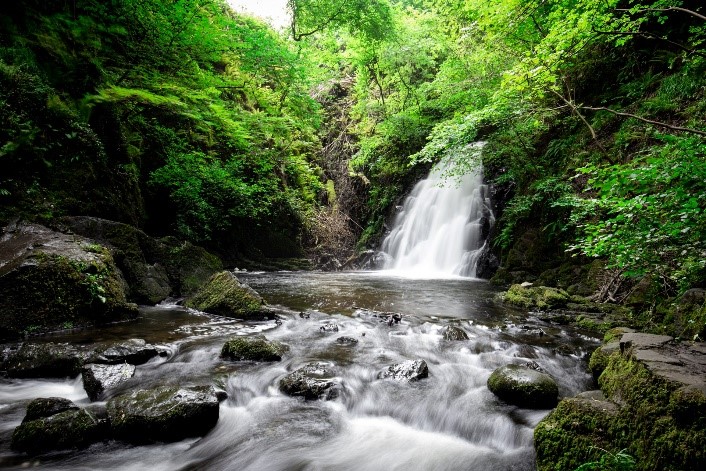
The EGU22 is approaching soon – no matter whether you are attending in person or online, here are a few highlight sessions from the field of marine and aquatic biogeosciences.
From controlled experiments to natural laboratories – scientists use a variety of methods to unravel ecosystem functional responses to environmental changes. The session “Experimental approaches in Marine Biogeosciences”, convened by Petra Heinz, Hiroshi Kitazato, Christiane Schmidt and Takashi Toyofuku (Presentations Friday, May 27, 8:30-11:50h CEST, room 2.95) discusses how these experimental approaches can help us to make more robust projections into the future or decipher past ecosystem trajectories as analogues to future changes. It includes highlight talks on ocean acidification (by Malcolm B. Hart), beach wrack decay on the Baltic Sea (by Philipp-Konrad Schätzle et al) and monitoring heavy metal content in seawater using benthic foraminifera (by Lin Hoober).
Coastal areas are becoming more and more recognized for their dynamic role in the global carbon budget. The session “Biogeochemistry of coastal seas and continental shelves” convened by Helmuth Thomas, Alberto V. Borges, Arthur Capet, Katarzyna Koziorowska-Makuch, Craig Smeaton, Sonia Silvestri, Manudeo Singh and Beatrice Maria Sole Giambastiani (presentations Tuesday, 24 May, 08:30–11:49 (CEST), 15:10–18:27 (CEST), room 3.16/17) focuses on biogeochemical cycles along the terrestrial to coastal seas to open ocean continuum. The session aims to promote dialogue between observational, modelling and theoretical disciplines. Check out the highlight talks on vulnerability to benthic trawling (by Kirsty Black), hidden hyoxia in coastal waters (by Jonas Fredriksson), impact of tides on the shelf carbon pump (by Jan Kossack) and decadal variability of pH (by Matthew Humphreys)!
Novel measurement techniques help to enhance process understanding on the biogeochemical cycles of carbon, nitrogen, phosphorous and other chemicals. The session “BG4.3 Aquatic biogeochemical cycles of carbon, nitrogen and phosphorus. From measurements to understanding hydrochemical patterns and processes” (convened by Magdalena Bieroza, Andrea Butturini, Diane McKnight, Mon, 23 May, 08:30–11:50 (CEST), room 3.16/17) aims to highlight the advancements in in-situ and laboratory techniques that improve our understanding of coupled hydrological, biogeochemical and ecological processes in aquatic environments. The session covers a variety of different aquatic systems, from streams to lakes and estuaries!
Ocean ventilation plays an important role in climate variability and biogeochemical cycles. The session “OS1.4 Ocean ventilation and its consequences for ocean biogeochemistry and ecosystems: from small-scale mixing to basin scale“ is co-organized with the divisions Ocean Science, Biogeosciences and Climate Sciences, and convened by Ilaria Stendardo, Ivy Frenger, Elisa Lovecchio, Graeme MacGilchrist (Mon, 23 May, 10:20–11:50 (CEST), room 1.15/16). It bridges between observations, theory and modelling studies, with contributions on physical processes from small-scale mixing to basin scale subduction, as well as consequences of altered ventilation for biogeochemical cycles and marine ecosystems.
For a full list of all presentations in the BG4 theme, please click here.



